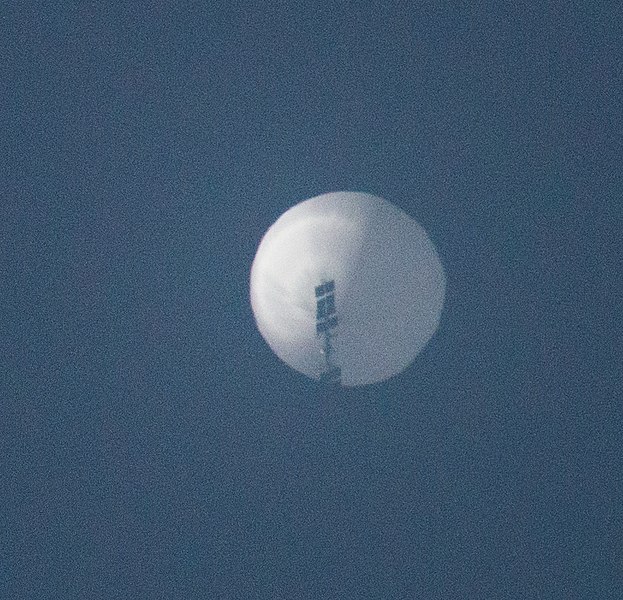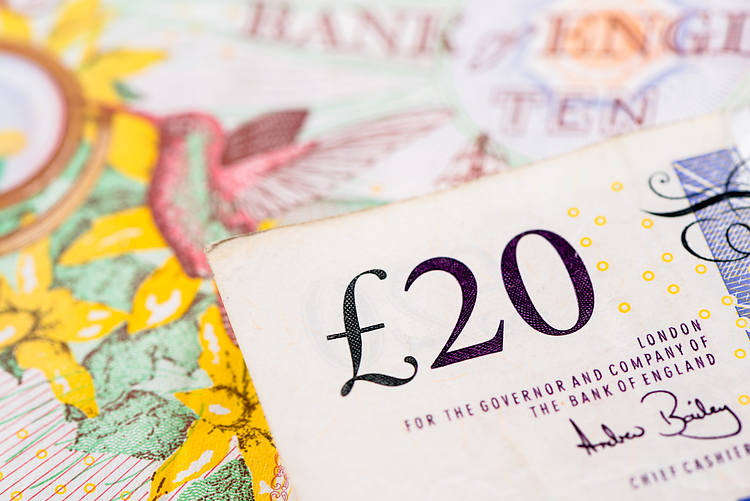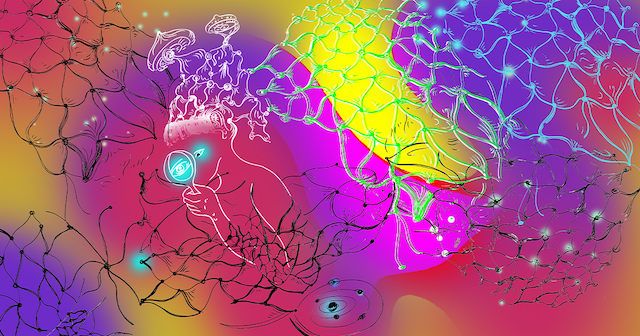US stock market braces for cyclical bear and bulls battle
The post US stock market braces for cyclical bear and bulls battle appeared on BitcoinEthereumNews.com. The United States stock market has been under pressure in recent weeks, with most equities experiencing losses amidst overarching economic uncertainty. Much of this uncertainty can be attributed to factors such as the anticipated Federal Reserve interest rate cut decision against the backdrop of stubborn inflationary pressures. Amidst this uncertainty, there is considerable focus on how the stock market might be affected, with several analysts offering various predictions by drawing parallels from historical trends. Particularly, in a LinkedIn post on April 21, macro strategist Audrey Wang shed light on the cyclical patterns within the US stock market dating back to 1935, sparking interest in the potential onset of a possible bear market in the near future. Wang’s analysis underscores the historical pattern and flow of bull and bear markets within the broader context of longer-term secular trends. She pointed out that, on average, a cyclical bear market emerges around every seven years following the onset of a secular bull market. US stock secular bull market and cyclical bear market chart. Source: S&P Global Resilience of economy She acknowledged that the US economy continues to display resilience, with robust indicators hinting at sustained growth. However, Wang’s insights suggest that this may not be sufficient to stave off the looming threat of a new cyclical bear market, with the last one occurring in 2020. “As the US economy remains robust, current trends suggest that it could be heading for a new cyclical bear market if economic growth cannot maintain its current pace. Understanding these long-term patterns is helpful to inform investment strategies and economic forecasting,” she said. In her view, should economic expansion falter, the stage could be set for a shift in market sentiment and a subsequent downturn in stock prices. The analyst noted that a “secular bull market” is an…

The post US stock market braces for cyclical bear and bulls battle appeared on BitcoinEthereumNews.com.
The United States stock market has been under pressure in recent weeks, with most equities experiencing losses amidst overarching economic uncertainty. Much of this uncertainty can be attributed to factors such as the anticipated Federal Reserve interest rate cut decision against the backdrop of stubborn inflationary pressures. Amidst this uncertainty, there is considerable focus on how the stock market might be affected, with several analysts offering various predictions by drawing parallels from historical trends. Particularly, in a LinkedIn post on April 21, macro strategist Audrey Wang shed light on the cyclical patterns within the US stock market dating back to 1935, sparking interest in the potential onset of a possible bear market in the near future. Wang’s analysis underscores the historical pattern and flow of bull and bear markets within the broader context of longer-term secular trends. She pointed out that, on average, a cyclical bear market emerges around every seven years following the onset of a secular bull market. US stock secular bull market and cyclical bear market chart. Source: S&P Global Resilience of economy She acknowledged that the US economy continues to display resilience, with robust indicators hinting at sustained growth. However, Wang’s insights suggest that this may not be sufficient to stave off the looming threat of a new cyclical bear market, with the last one occurring in 2020. “As the US economy remains robust, current trends suggest that it could be heading for a new cyclical bear market if economic growth cannot maintain its current pace. Understanding these long-term patterns is helpful to inform investment strategies and economic forecasting,” she said. In her view, should economic expansion falter, the stage could be set for a shift in market sentiment and a subsequent downturn in stock prices. The analyst noted that a “secular bull market” is an…
What's Your Reaction?







![The Marketing Executive's Playbook: How Marketers Can Work & Level-Up Like 700+ Leaders in 2025 [New Data]](https://www.hubspot.com/hubfs/marketing-executive-1-20250106-3440943.webp)


![How to Understand & Calculate Statistical Significance [+ Example]](https://www.hubspot.com/hubfs/how-to-calculate-statistical-significance-1-20250106-7754856.webp)




























.png)












































